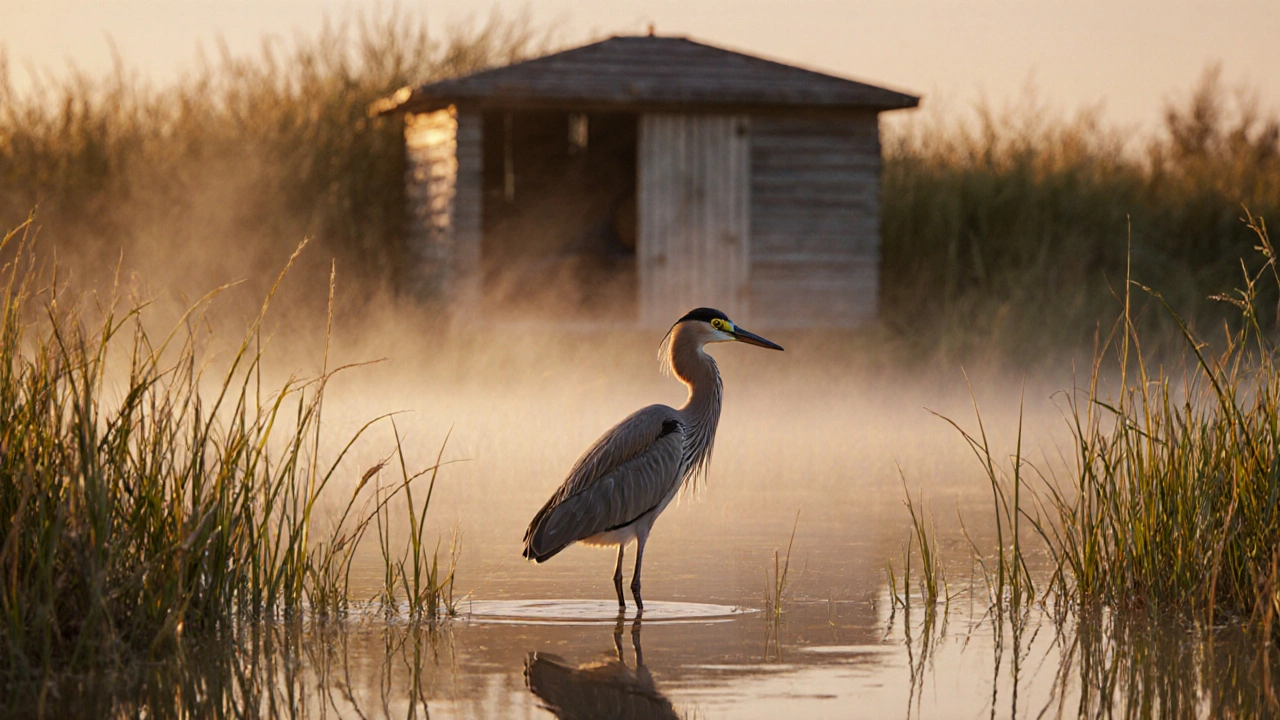Wetlands in London: Nature’s Hidden Sanctuaries in the City
When you think of London, you might picture busy streets, red buses, or the Thames—but not wetlands, areas where water meets land, supporting unique plants and animals often found only in places where human activity is minimal. Also known as marshes, swamps, or fens, these quiet corners of the city are some of the most important natural spaces left in one of the world’s busiest capitals. They’re not just pretty to look at—they clean the water, soak up flood risk, and give birds, frogs, and insects a place to survive while the city buzzes around them.
London’s wetlands aren’t remote wilderness. They’re tucked between housing estates, near train lines, and sometimes right behind shopping centers. Hampstead Heath Ponds, a series of natural and man-made water bodies in North London that support rare dragonflies and breeding birds, are one of the most visited. Walthamstow Wetlands, Europe’s largest urban wetland reserve, with 210 hectares of water, reedbeds, and woodlands, is home to over 180 bird species, including kingfishers and bitterns you won’t find anywhere else in the city. Then there’s Horsenden Hill Wetland, a small but thriving habitat restored from landfill, now buzzing with pollinators and amphibians. These aren’t tourist traps—they’re working ecosystems, quietly doing the job cities forget they need.
What makes these places special isn’t just the wildlife. It’s how they connect people to nature without leaving the city. You can walk a path past cattails and hear a frog croak, then turn a corner and be back on a bus route. These spaces give parents a quiet place for kids to explore, birdwatchers a reliable spot to log sightings, and even stressed-out workers a five-minute reset. They’re not manicured parks—they’re wilder, messier, and more alive. You won’t find fountains or ice cream stands here, but you will find real change: a recovery of native plants, a return of water voles after decades, and communities that show up to help clean and plant.
Below, you’ll find real stories from people who’ve explored these spaces, guides to the best spots for birdwatching, tips on when to visit for the most activity, and how local groups are fighting to protect them from development. No fluff. No hype. Just the truth about where London’s wild heart still beats.
